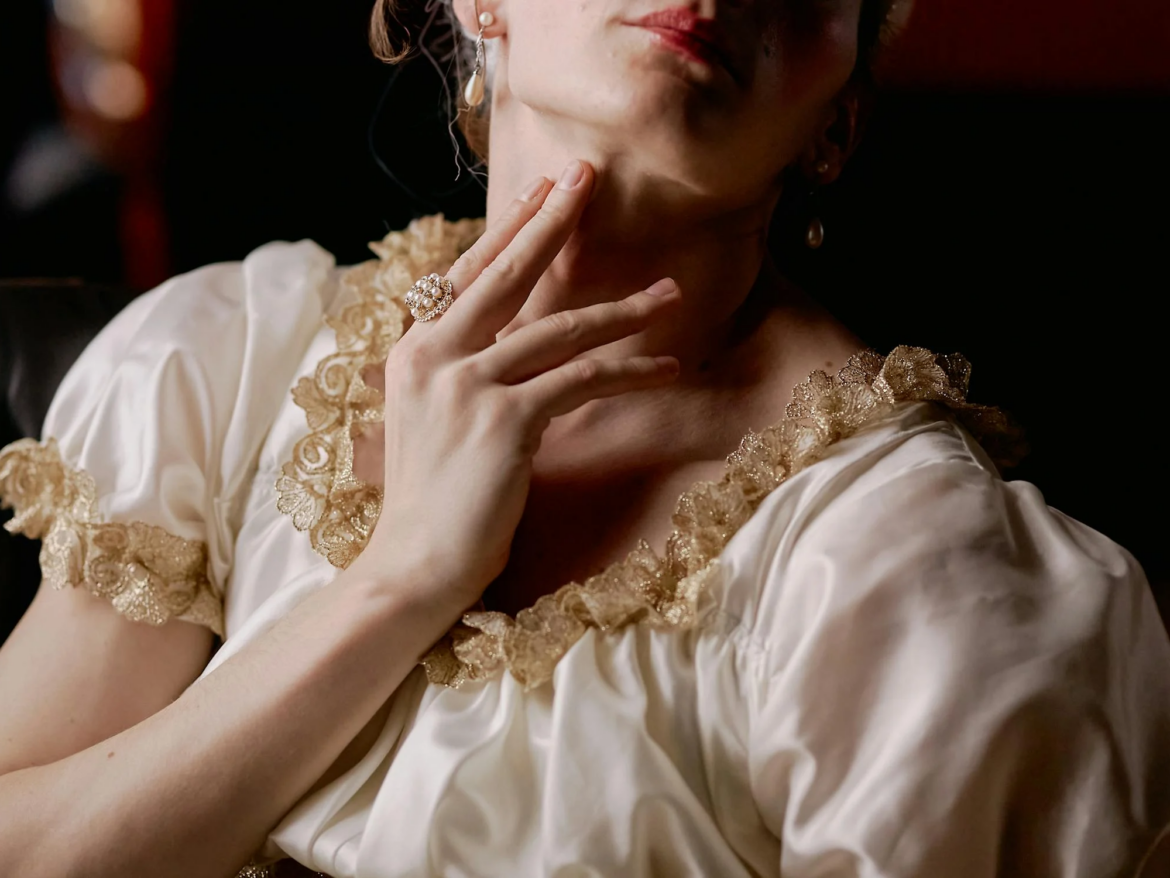
Revealing How Cultural Fashion Icons Transformed Fashion Into Timeless Trends


Fashion is more than just clothing; it’s a form of self-expression and a mirror reflecting the cultural zeitgeist of its time. Throughout history, cultural fashion icons have significantly influenced how we dress, blending tradition with innovation and leaving an indelible mark on global trends.
Defining Cultural Fashion Icons
Cultural fashion icons are revolutionaries whose style transcends their era, leaving a legacy that influences both contemporary and future fashion. These figures often emerge from various domains—royalty, entertainment, art, and activism—bringing unique perspectives that shape societal aesthetics.
Historical Figures Who Revolutionized Fashion
1. Cleopatra (69 BC – 30 BC)
The last queen of ancient Egypt, Cleopatra, was not only a political strategist but also a cultural fashion icon. Her bold use of elaborate headdresses, kohl-rimmed eyes, and gold-embroidered garments set a standard for regal elegance. Today, her style influences everything from costume design to high-fashion collections.
2. Marie Antoinette (1755 – 1793)
The Queen of France epitomized opulence with her extravagant gowns, powdered wigs, and elaborate accessories. Marie Antoinette’s influence is evident in modern haute couture, where designers often revisit her iconic rococo-inspired aesthetics.
3. Coco Chanel (1883 – 1971)
Chanel revolutionized women’s fashion by introducing simplicity and comfort without compromising elegance. Her creation of the little black dress and tailored suits remains timeless, solidifying her as a perennial cultural fashion icon.
4. Princess Diana (1961 – 1997)
Princess Diana’s style journey from fairy-tale gowns to sophisticated power suits captured the world’s attention. She redefined royal fashion, embracing contemporary trends while maintaining grace and relatability. Diana’s iconic looks continue to inspire designers and fashion enthusiasts.
How Cultural Fashion Icons Influence Modern Trends
1. Revival of Vintage Trends
Designers often look to the past for inspiration, resurrecting styles popularized by cultural fashion icons. For instance, the 1920s flapper dresses inspired by Josephine Baker have made recurring appearances on modern runways.
2. Popularization of Signature Accessories
Many cultural fashion icons are remembered for their signature accessories. Audrey Hepburn’s little black dress and pearls or Jackie Kennedy’s oversized sunglasses are timeless examples that remain staples in contemporary wardrobes.
3. Shaping Ethical and Sustainable Fashion
Modern cultural fashion icons, like Jane Birkin with her understated style and advocacy for sustainability, influence ethical fashion choices. Historical icons set the stage by showing how style can align with values.
Becoming a Cultural Fashion Icon Today
In the digital age, the role of cultural fashion icons has expanded to include influencers and activists. Platforms like Instagram and TikTok enable individuals to reach global audiences, making iconic status more accessible than ever before. To stand out, authenticity and a strong personal narrative remain essential.
Cultural fashion icons serve as bridges between history and contemporary trends, reminding us of fashion’s power to tell stories and shape identities. By studying the legacies of historical figures, we can better appreciate the cyclical nature of style and its profound cultural impact.
Whether drawing inspiration from Cleopatra’s regal elegance or Princess Diana’s modern sophistication, fashion enthusiasts can find timeless elements to incorporate into their own wardrobes. As new icons emerge, the tradition of shaping fashion through individuality and cultural relevance continues to thrive.









